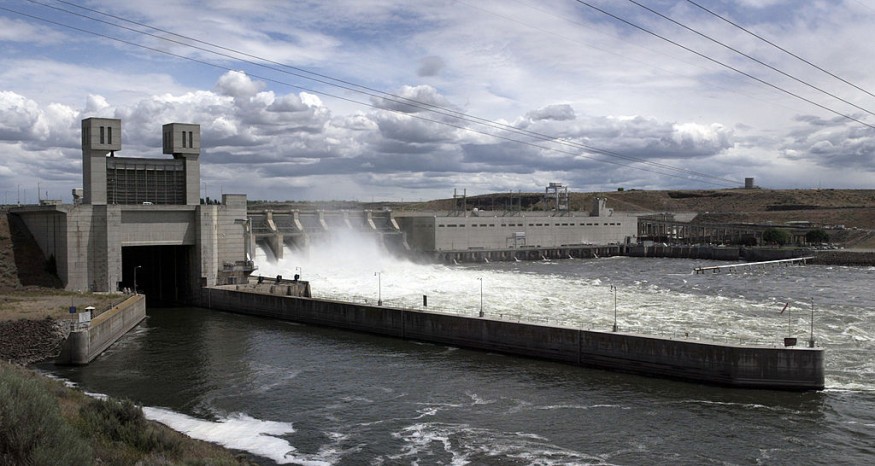Dam removal projects are underway in the state of Washington after years of struggle between destroying or retaining the river barriers deemed by conservationists as hindrance to fish population.
Earlier this week, the US announced that the Pacific Northwest state could receive a fund boost to remove some of its existing river dams, allowing salmon passage through Washington state rivers.
Dam Removal Projects

The Federal Reserve System (Fed), the central bank of the US, announced that Washington state could receive a boost of almost $40 million for a dam removal project from the US federal government, The Seattle Times reported on Wednesday, December 14.
In addition, the National Oceanic and Atmospheric Administration (NOAA) on Wednesday also announced a fund worth $105 million for 36 new fish passage projects across the US, which will include money for culvert and dam removal projects, as cited by the Washington daily newspaper.
The fund will also support studies that would aim to remove barriers to fish passage in the Olympic Peninsula, Puget Sound region, Columbia River watershed, and Yakima basin.
An agency spokesperson reportedly said the funding recommendation will need final approval by the NOAA, where the said budget from last year's $1 trillion infrastructure law was allocated to.
If approved, projects that could benefit from the fund include the Kwoneesum Dam removal, Enloe Dam removal at the Similkameen River, and the Tulalip Tribes' projects, which aims to remove 16 fish passage blockades in the Snohomish River basin.
Fish Passage
As mentioned earlier, the dam removal projects will allow fish passage, as well as open hundreds of miles of habitat for Chinook, coho, chum salmon, steelhead trout, and other fish listed under the Endangered Species Act.
The projects supported by the millions of dollar funding will help communities adjust to climate change by supporting healthy ecosystems and infrastructure that works both for people and fish, according to a reported statement by NOAA Administrator Rick Spinrad.
In 2021, some US senators secured around $2.9 billion for salmon restoration and ecosystem restoration programs, which is reportedly the largest investment in salmon recovery in history.
Salmon Recovery
Aside from being rich in protein and omega-3 fatty acids, salmon other than being a common name used for several species belonging to the family Salmonidae has other importance too.
The salmon fish group serve as an ecological process vector, which is essential in the dissemination of energy and nutrients between oceans, estuaries, and freshwater environments, according to a study published on the Washington Department of Fish and Wildlife.
In light of the dam removal projects, both threatened and endangered salmon species can have the chance to reproduce, thrive, and expand their habitats not only in Washington state rivers but also to connecting bodies of water.
In 2016, it was reported that the largest dam removal project in the US led to the exclusion of a hydroelectric dam system, located in Washington's Elwha River, where the ecosystem and salmon species have been thriving afterward.
Related Article: Hydroelectric Dams Planned For World's Largest Rivers Threaten Fish
© 2025 NatureWorldNews.com All rights reserved. Do not reproduce without permission.





